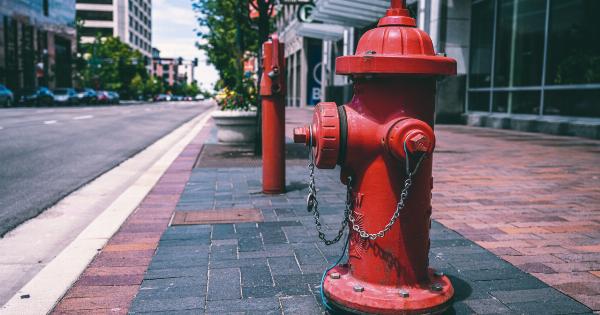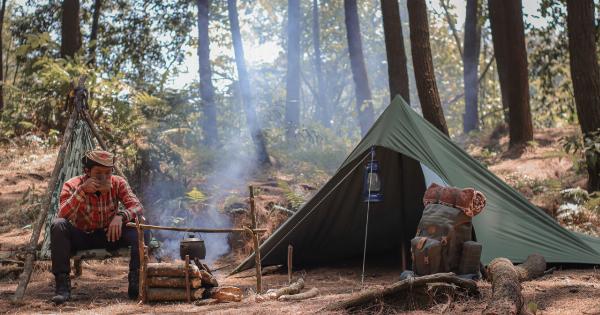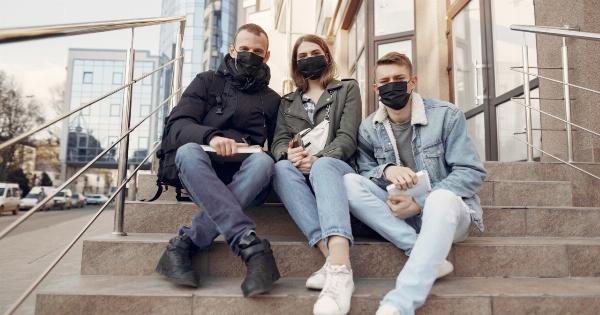Burns are a very common injury that can happen in everyday life. They can range from minor first-degree burns to severe third-degree burns that require medical attention.
Burns can be caused by various factors including heat, electricity, chemicals, and radiation. In order to prevent burns, it is important to know how to recognize the different types of burns and to take precautionary measures.
Types of Burns
There are three main types of burns:.
First-Degree Burns
First-degree burns only affect the outer layer of the skin and are the least severe type of burn. They are usually characterized by redness, swelling, and pain. They can be caused by exposure to heat, such as sunburn or touching a hot object.
First-degree burns can usually be treated at home with first aid measures such as running cool water over the affected area and applying aloe vera or other cooling gels.
Second-Degree Burns
Second-degree burns go deeper into the skin and affect multiple layers. They are characterized by redness, blistering, swelling, and intense pain. They can be caused by exposure to heat, such as touching a hot stove or scalding water.
Second-degree burns may require medical attention, and in some cases, skin grafting may be necessary to promote healing.
Third-Degree Burns
Third-degree burns are the most severe type of burn. They penetrate all layers of the skin and can even damage underlying tissues and organs.
They are characterized by white or blackened skin, a dry and leathery texture, and no sensation in the affected area. Third-degree burns require immediate medical attention and may require surgery or other advanced treatments to repair the damage.
Preventative Measures
There are several preventative measures you can take to reduce your risk of getting burned:.
Fire Safety
Ensure that your home and workplace have functioning smoke detectors and fire extinguishers. Make sure everyone in your household or office knows how to use them.
Install fire-retardant curtains, carpets and furniture, use space heaters with caution, and never leave candles or stoves unattended. Also, teach young children about fire safety and create an emergency evacuation plan.
Electrical Safety
Always unplug appliances after use and avoid using extension cords, which can pose a fire risk. Keep electrical appliances away from water sources, and install safety outlets with ground fault circuit interrupter in rooms with water sources.
If you see any electrical issues, such as sparks, frayed cords, or burned outlets, disconnect the power source immediately and call a professional electrician.
Chemical Safety
When using chemicals, always wear gloves and protective clothing. Keep chemicals in a secure area that is out of reach from children and pets.
Follow all packaging instructions carefully and avoid mixing chemicals unless specifically instructed to do so by the manufacturer. If you need to dispose of chemicals, do so according to proper disposal regulations and guidelines.
Sun Safety
Wear sunscreen whenever you are outdoors, and always wear protective clothing such as a hat and sunglasses. Avoid extended periods of time in direct sunlight, especially between 10 a.m. and 4 p.m.
when the sun’s rays are strongest, and take breaks in the shade whenever needed. Remember that skin can still burn on cloudy days and in colder weather.
Cooking Safety
When cooking, keep flammable items such as oven mitts, dish towels, and paper towels away from the stove. Use caution when handling hot pots and pans, and keep children and pets away from the cooking area.
Use proper tools such as oven mitts and pot holders when handling hot items, and do not leave the stove unattended while in use.
In Case of Burns
If you do get burned, the first step is to assess the severity of the burn. If the burn is minor, treat it with first aid measures such as running cool water over the affected area.
Cover the burn with a sterile bandage and apply aloe vera or other cooling gels. Over-the-counter pain medication can also help ease the discomfort.
If the burn is more severe, seek medical attention immediately. This includes burns that are larger than 2-3 inches in diameter, burns that affect the face, hands, feet, or genitals, and burns that have penetrated multiple layers of the skin.
Third-degree burns should always be treated as a medical emergency.
Conclusion
Preventing burns is all about knowing the risks and taking active measures to reduce them. By being aware of the different types of burns and how to prevent them, you can keep yourself and your loved ones safe from burn injuries.




























